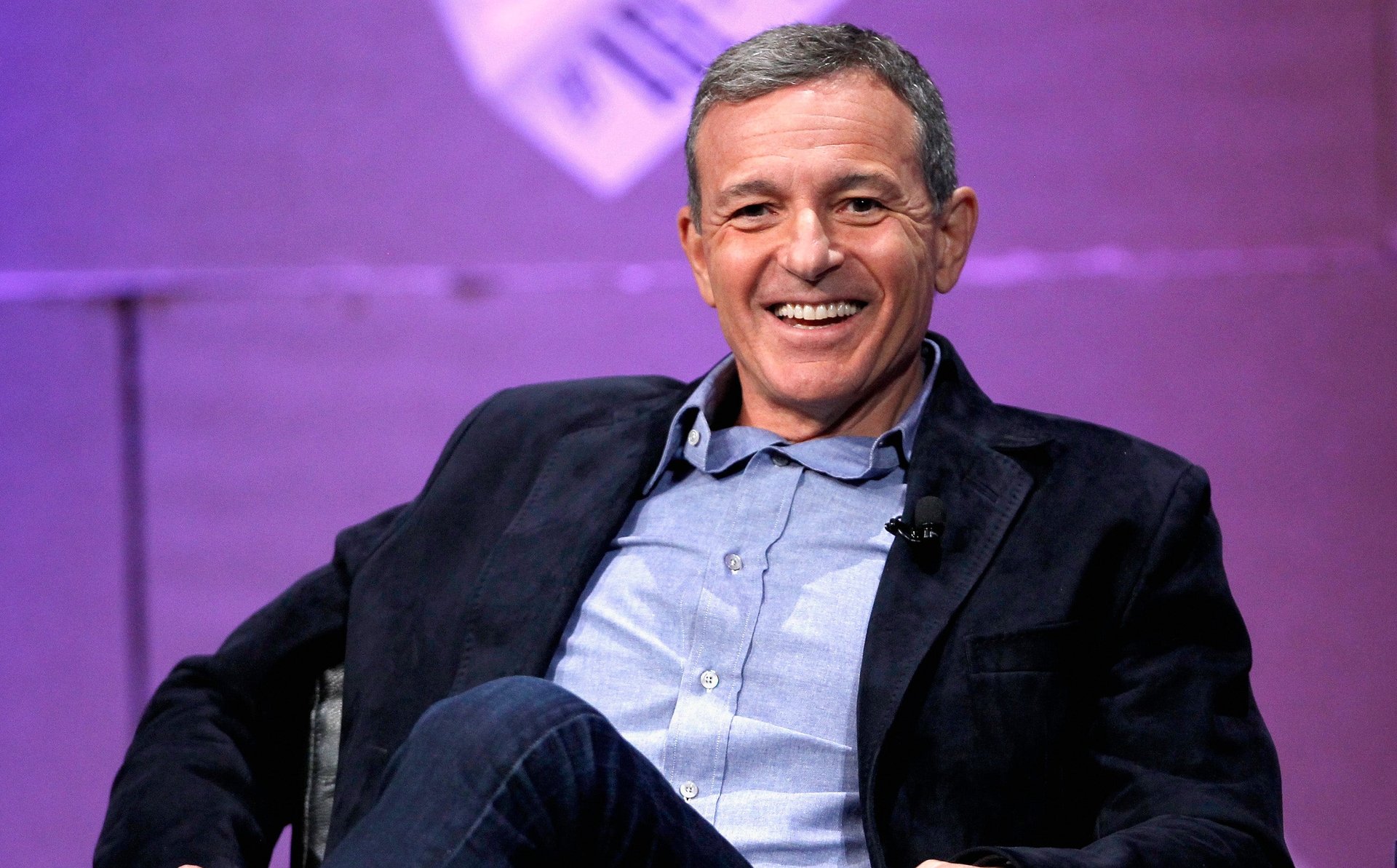What to look for in Disney's first earnings report since Iger's return
The company is likely to rebound thanks to Avatar's box office success and its re-opened theme parks

The success of Bob Iger’s dramatic return to the helm at Disney will be measured this week as the entertainment company posts its earnings for the fourth fiscal quarter of 2022.
CEO from 2005 to 2020, Iger returned in the aftermath of a bleak earnings report in the third quarter of the last fiscal year. The board dumped his protegee Bob Chapek soon after, when the company’s stock price nosedived and subscriber growth for the Disney+ service stalled.
Analysts expect earnings this quarter to bring positive news. Attendance at its theme parks has reached pre-pandemic levels, and analysts expect revenue for the division to show a gain of 12%, with operating costs up about 8%.
Iger will also likely ride the smashing success of Avatar: The Way of Water, the highest-grossing box office hit of 2022, and one of the highest-grossing films of all time. Three movies from the successful Marvel franchise (Doctor Strange, Black Panther, and Thor) added more than $2.5 billion in sales. This helped push Disney’s total box office haul to more than $4 billion for 2022, making it the highest-grossing studio last year, and marking a meaningful increase from 2021’s $2.9 billion in sales.
Iger’s plan for Disney
Considered the principal architect of Disney’s global dominance during the past two decades, the company tasked Iger with a single purpose: Make the company profitable again. While Iger’s return will have a limited impact on fourth quarter results, the earnings call provides an opportunity for the CEO to lay out his plan for the company’s future.
While it seems Iger has already righted the ship — share prices are up and Disney+ has stopped the bleeding — it has not been without some hiccups.
Trian Partners, the firm run by activist investor Nelson Peltz, bought more than $900 million of the company’s shares in a proxy fight meant to elect Peltz to Disney’s board. While the company rejected Peltz’s request, the corporate battle is reflective of the rising pressure on Iger to increase revenue and deliver to shareholders.
After Disney+ reported a loss of nearly $1.5 billion in the last fiscal quarter, Iger increased the streaming platform’s subscription price and introduced advertising. He has also been more open to licensing Disney content to competitors, a reversal of his predecessor’s streaming strategy.
Looking ahead, reports suggest Iger is concerned about a bidding war for the rights to broadcast NBA games when ESPN and ABC’s contract expires in two years, with rivals such as Apple TV+, Youtube TV, and Amazon Prime also attempting to push into the lucrative world of sports streaming. In a meeting with shareholders in November, Iger said that he is skeptical of the future of network television, fueling rumors he is considering spinning off ESPN. At the same time, the CEO suggested he was not in a rush to make deals.
Quotable
“Nothing is forever, but I’m very comfortable with the set of assets that we have. I think they can serve our company … Don’t expect any headlines soon about deals.” —Bob Iger, at his first townhall with Disney employees on Nov. 28, 2022
Disney regains lost ground
After dropping 44% in 2022, Disney’s stock price rebounded, rising 25% in January.
Primarily thought of as an entertainment company, Disney’s revenue comes from a diverse variety of sources.
📺 More than a third of the company’s revenue comes from cable channels like ESPN, ABC, and the Disney Channel, which create profit in the form of advertising sales and affiliate fees.
💻 That’s separate from Disney’s direct-to-consumer branch, which is in charge of the company’s streaming services and internet properties, including Hulu, Disney+ and ESPN+. Producing roughly a fifth of total revenue, this field has been Disney’s least profitable, posting a $1.5 operating loss at the end of the last fiscal quarter.
🏰 Disney parks and products account for a third of total revenue and have historically been the most profitable venture for the company. Suffering massive losses after the pandemic stymied travel and forced theme parks to close, profits are expected to return to pre-pandemic levels as travel restrictions ease.
🔏 Finally, licensing for film, music, and television content to video-on-demand services, DVD and Blu-ray, live theatrical events, and broadway shows accounts for about 11% of total revenue.
